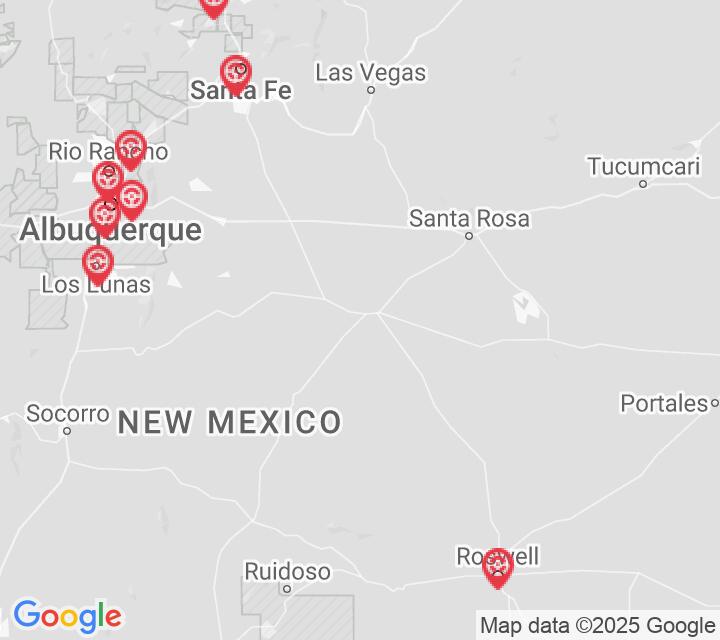Combination
All applicants who are applying for a Class A CDL should be prepared to take the Combination test. This test covers information found in Section 6 of the Commercial Driver License Manual. Section 6 provides the information needed to safely operate tractor-trailers, doubles, triples, and straight trucks with trailers. The test is made up of 20 multiple-choice questions, and applicants will have two hours to correctly answer a minimum of 16 questions. The Combination test is not a replacement for the Double/Triple endorsement test.
Number of Question
Passing Score
1. If you cannot reverse your trailer in a straight path, you should:
Explanation
If you need to back your trailer but cannot back up in a straight path, you should back on a curved path toward the driver's side of the vehicle. This will allow you the best possible visibility while backing.
2. Having anti-lock brakes on only one axle:
Explanation
If a vehicle has anti-lock brakes on just one axle, the driver will still have more control during braking than they would without any anti-lock brakes.
3. Which of the following will not help prevent a rig from rolling over?
Explanation
To help prevent a rig from rolling over, you should keep the weight of the cargo as close to the ground as possible when loading. You should also drive slowly around turns.
4. When backing up your tractor while coupling it to a trailer, the trailer brakes should be:
Explanation
Correctly following the steps to couple and uncouple trailers is vital to safely operating a combination vehicle. Before backing your tractor under the trailer while coupling, make sure your trailer brakes are locked.
5. When coupling, you should:
Explanation
When coupling air brake hoses, you should make sure the proper pairs of gland hands are connected. They are sometimes color-coded to help drivers avoid mistakes. Typically, blue is used for service lines and red is used for emergency lines.
6. After completing a pre-trip inspection, you should ensure that the:
Explanation
Before a trip, you should ensure that air reaches all air brakes on all trailers by opening up the rear emergency line and service line shut-off valves and listening for escaping air. Close both shut-off valves before beginning to drive.
7. If a parked trailer does not have spring brakes, you should keep the trailer from moving by:
Explanation


